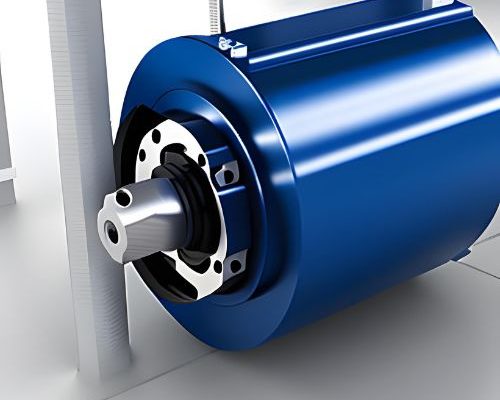Examine and Confirm Electrical Motor Performance in Compliance with Brazilian Regulations
Industrial electric motors power a wide variety of applications in the global economy.

According to the International Energy Agency (IEA), the automotive industry is responsible for up to 70% of all energy used in industrial settings, 35% of all energy used in the commercial and service sectors, and 45% of all electricity produced worldwide. These numbers highlight the importance of electric motors to a variety of industrial operations, as motor-related downtime costs thousands of dollars every hour. They account for most greenhouse gas emissions and environmental degradation from power facilities.
In addition, they are responsible for the rapidly increasing demand for power in emerging nations. There exists a global economic opportunity to increase industrial motor energy efficiency by 20% to 30%, with typical payback periods of less than three years. Electric motors are responsible for approximately 15%, or 4.3 billion tons, of the world’s yearly 26 billion tons of carbon-CO2 emissions. Increasing energy efficiency is one of the most cost-effective and low-risk solutions to reduce the growing energy demand and greenhouse gas emissions.

Utilize an Efficient Motor for the Following Reasons:
- Decreased operating costs
- A quieter and cooler operation
- Increased motor durability and reliability
- Reduced greenhouse gas emissions
Beginning the Motor Analysis:
Some of the energy received by electric motors is lost as friction and windage losses, as well as losses in the stator, rotor, and magnetic core. These losses account for the fall in motor efficiency. Considering energy consumption and the industrial use of electric motors, the requirement and relevance of efficiency assessment and minimum energy performance criteria are readily apparent. The chosen test technique influences the accuracy with which motor efficiency and motor loss are calculated. There is no one testing method that is universally employed across all sectors. Although it is a simple idea, measuring and verifying the motor’s energy efficiency using the various criteria can be challenging.


Techniques Internationally Recognized for Measuring Effectiveness:
The following testing procedures are commonly discussed in industrial applications:
IEEE 112-2004 is a popular test process for polyphase motors and generators. Tests, International Electrotechnical Commission (IEC) Publication 60034-2-1, 2014. methods for figuring out the efficiency and losses of electrical gear that spins. The Japanese Electrotechnical Committee developed JEC 37 as a standard for induction machines. IEEE Standard 112-2004
There are ten test techniques for energy efficiency included in this method. To employ the most important:
- Simple input and output testing.
- Test for loss-separated input-output.
- Loss separation linked machine back-to-back test.
- Calculation of load losses utilizing smoothed residual losses.
- The Eh-star strategy
For the IEC standard test, there are three distinct categories:
- The process of measuring the input-output power of a single machine.
- Back-to-back measurement of the input-output power of two machines.
- The losses of one machine were measured.
The extra load losses are fully disregarded by the test methods for the Japanese JEC standard 37. Increasing the energy efficiency of equipment and appliances has several major economic and environmental benefits, including lower running costs for enterprises. In addition to São Paulo, Rio de Janeiro, Brasília, and Salvador we offer motor start analysis services in all major cities in Brazil.



